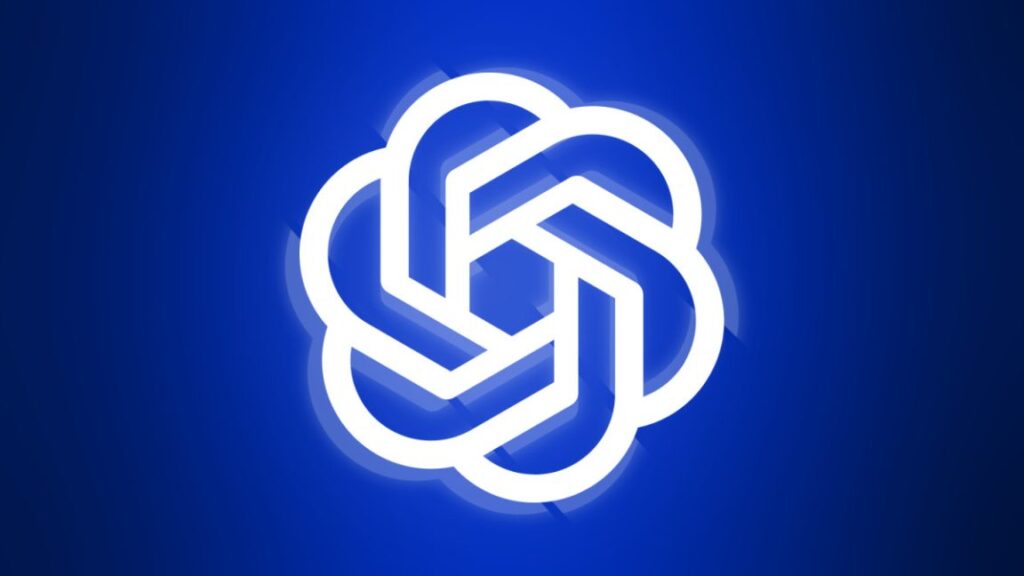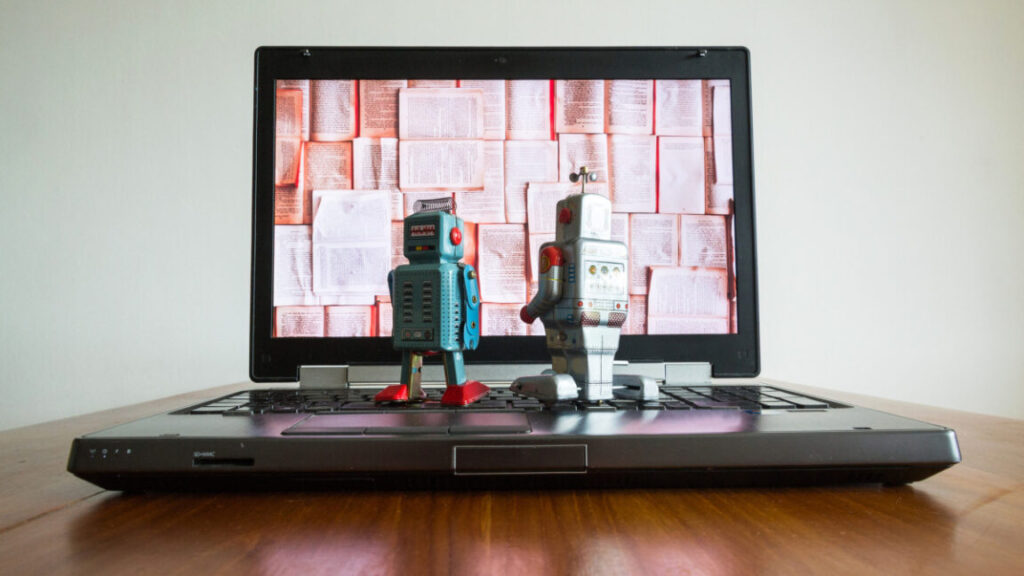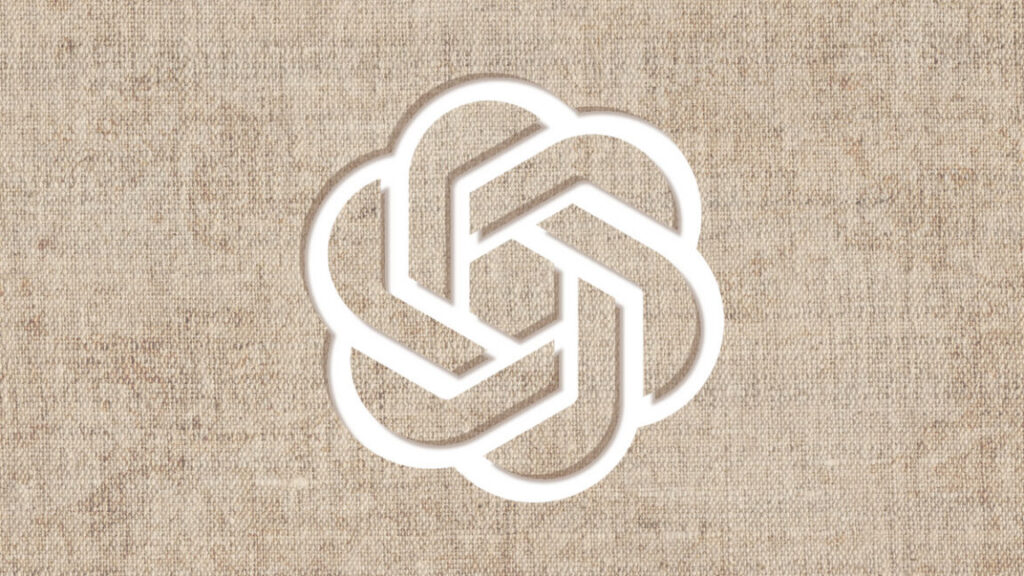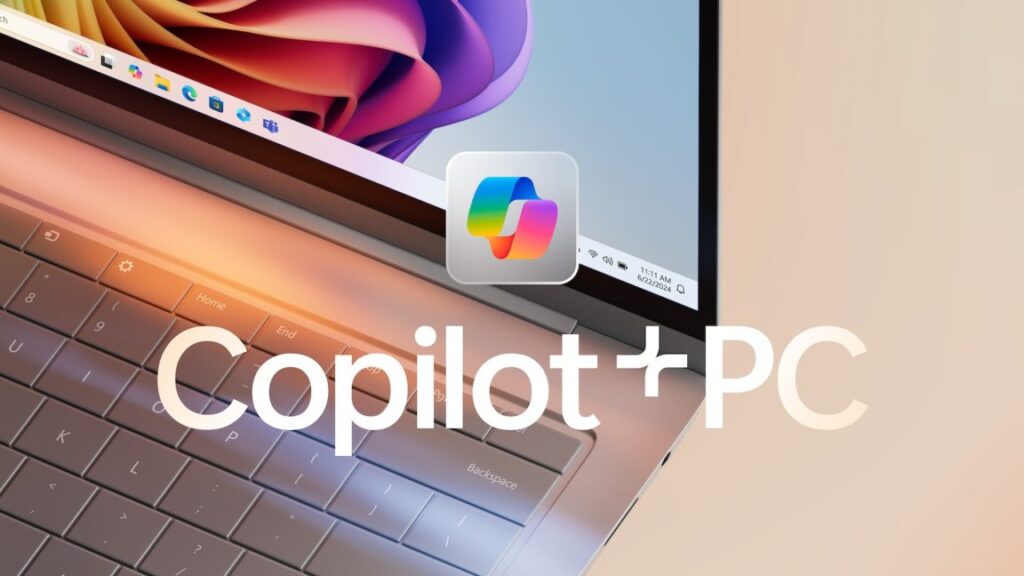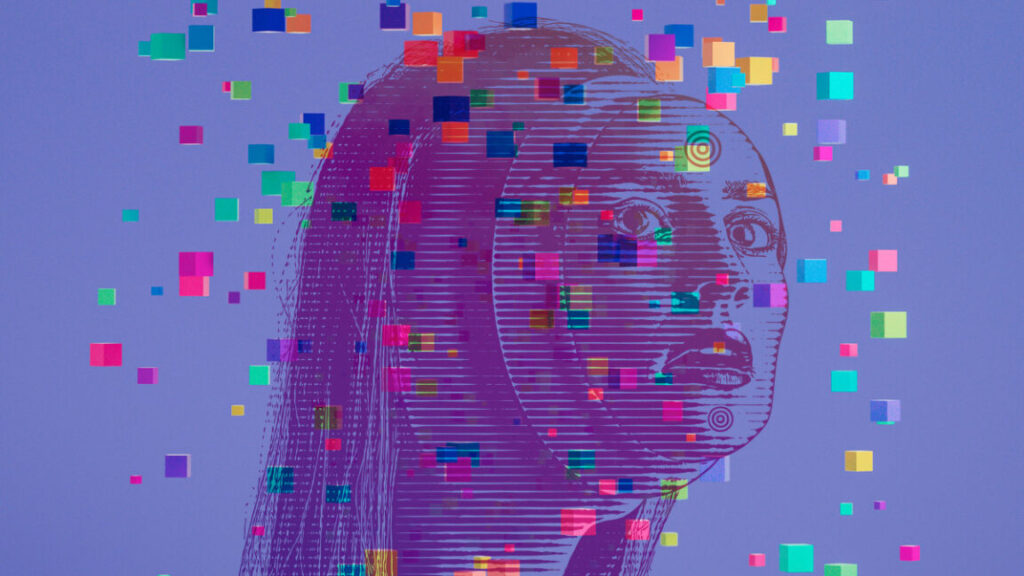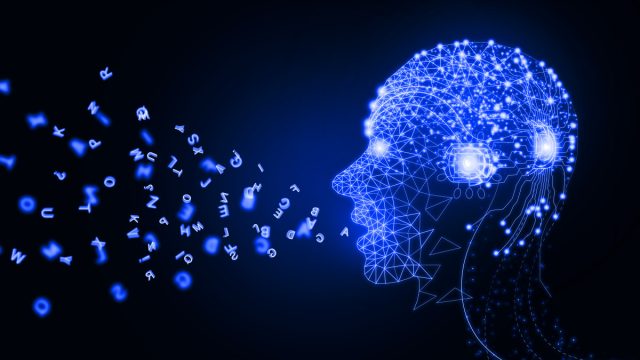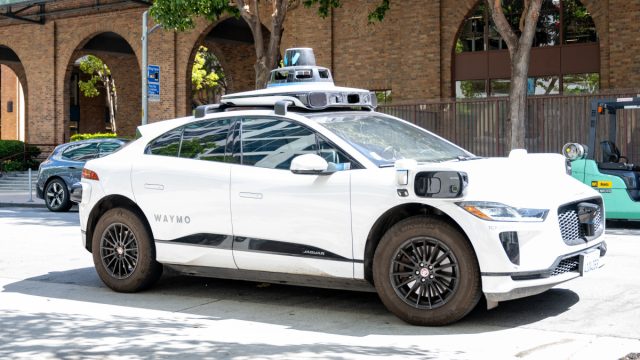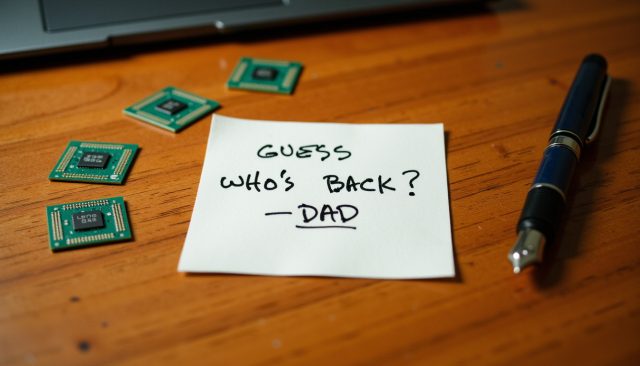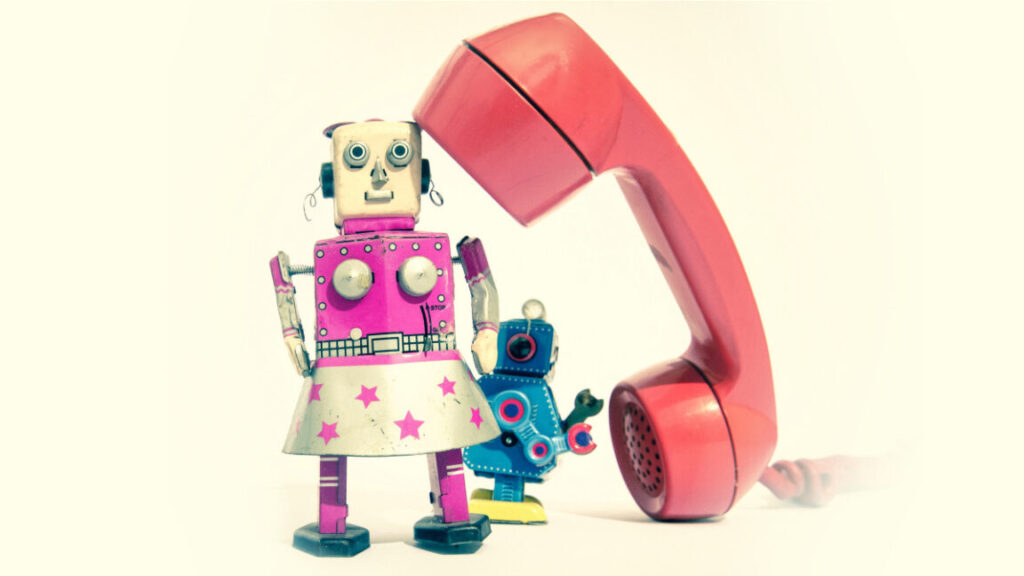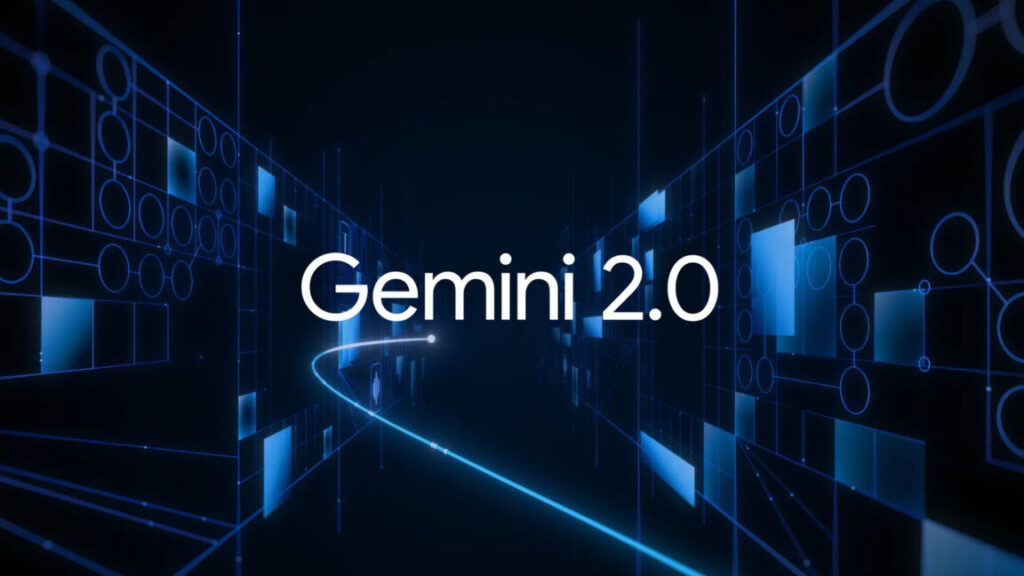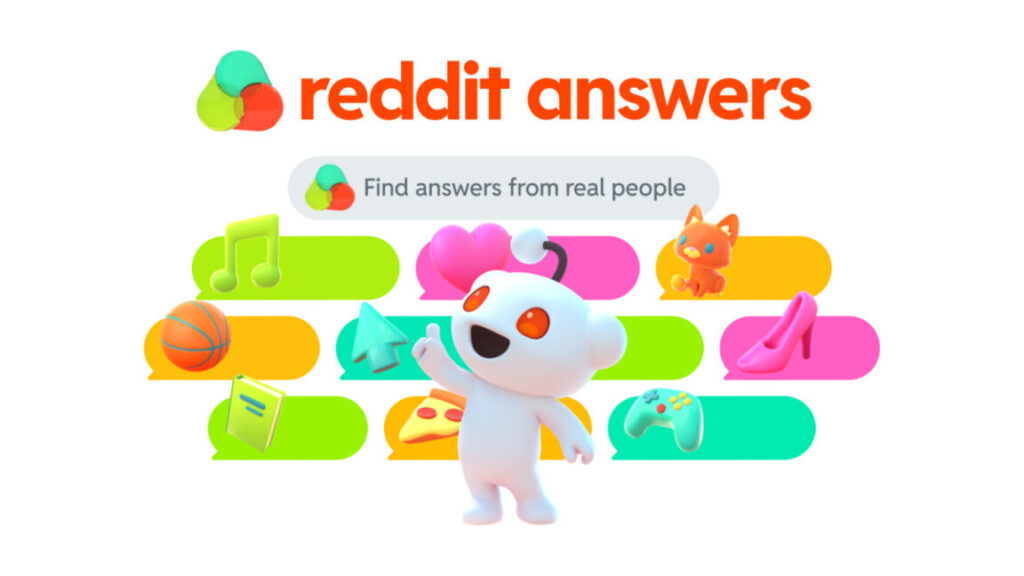I agree with OpenAI: You shouldn’t use other peoples’ work without permission
ChatGPT developer OpenAI and other players in the generative AI business were caught unawares this week by a Chinese company named DeepSeek, whose open source R1 simulated reasoning model provides results similar to OpenAI’s best paid models (with some notable exceptions) despite being created using just a fraction of the computing power.
Since ChatGPT, Stable Diffusion, and other generative AI models first became publicly available in late 2022 and 2023, the US AI industry has been undergirded by the assumption that you’d need ever-greater amounts of training data and compute power to continue improving their models and get—eventually, maybe—to a functioning version of artificial general intelligence, or AGI.
Those assumptions were reflected in everything from Nvidia’s stock price to energy investments and data center plans. Whether DeepSeek fundamentally upends those plans remains to be seen. But at a bare minimum, it has shaken investors who have poured money into OpenAI, a company that reportedly believes it won’t turn a profit until the end of the decade.
OpenAI CEO Sam Altman concedes that the DeepSeek R1 model is “impressive,” but the company is taking steps to protect its models (both language and business); OpenAI told the Financial Times and other outlets that it believed DeepSeek had used output from OpenAI’s models to train the R1 model, a method known as “distillation.” Using OpenAI’s models to train a model that will compete with OpenAI’s models is a violation of the company’s terms of service.
“We take aggressive, proactive countermeasures to protect our technology and will continue working closely with the US government to protect the most capable models being built here,” an OpenAI spokesperson told Ars.
So taking data without permission is bad, now?
I’m not here to say whether the R1 model is the product of distillation. What I can say is that it’s a little rich for OpenAI to suddenly be so very publicly concerned about the sanctity of proprietary data.
I agree with OpenAI: You shouldn’t use other peoples’ work without permission Read More »
